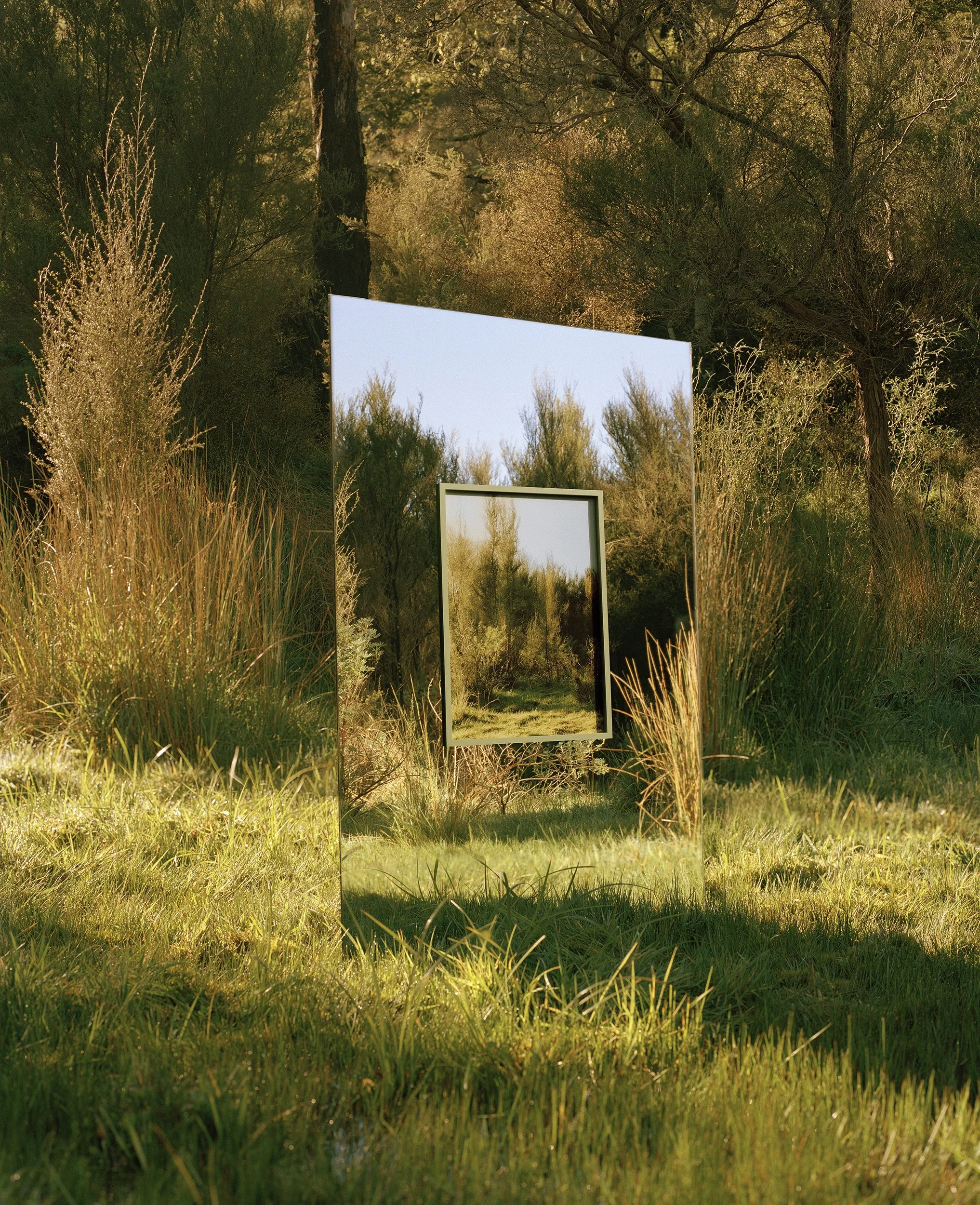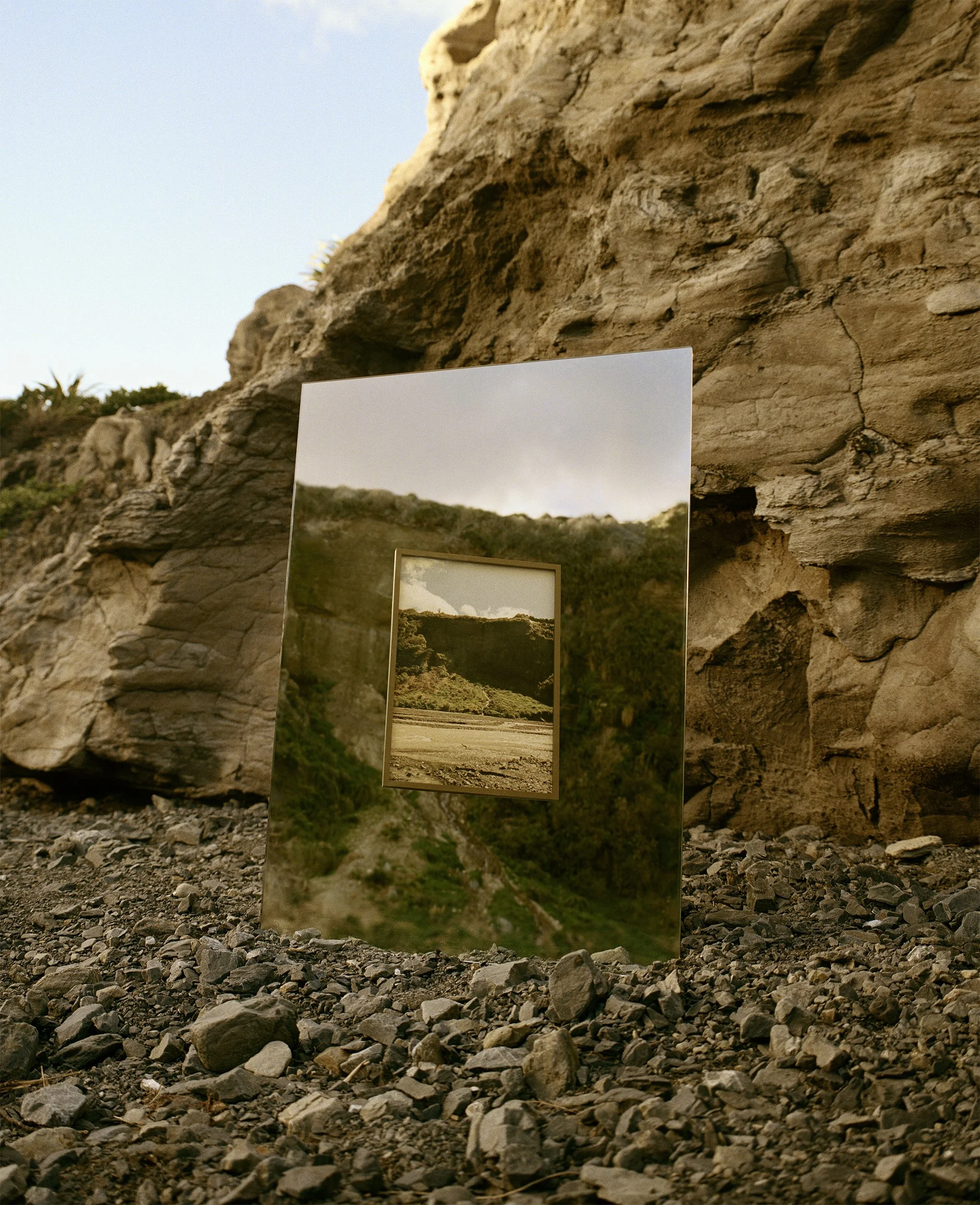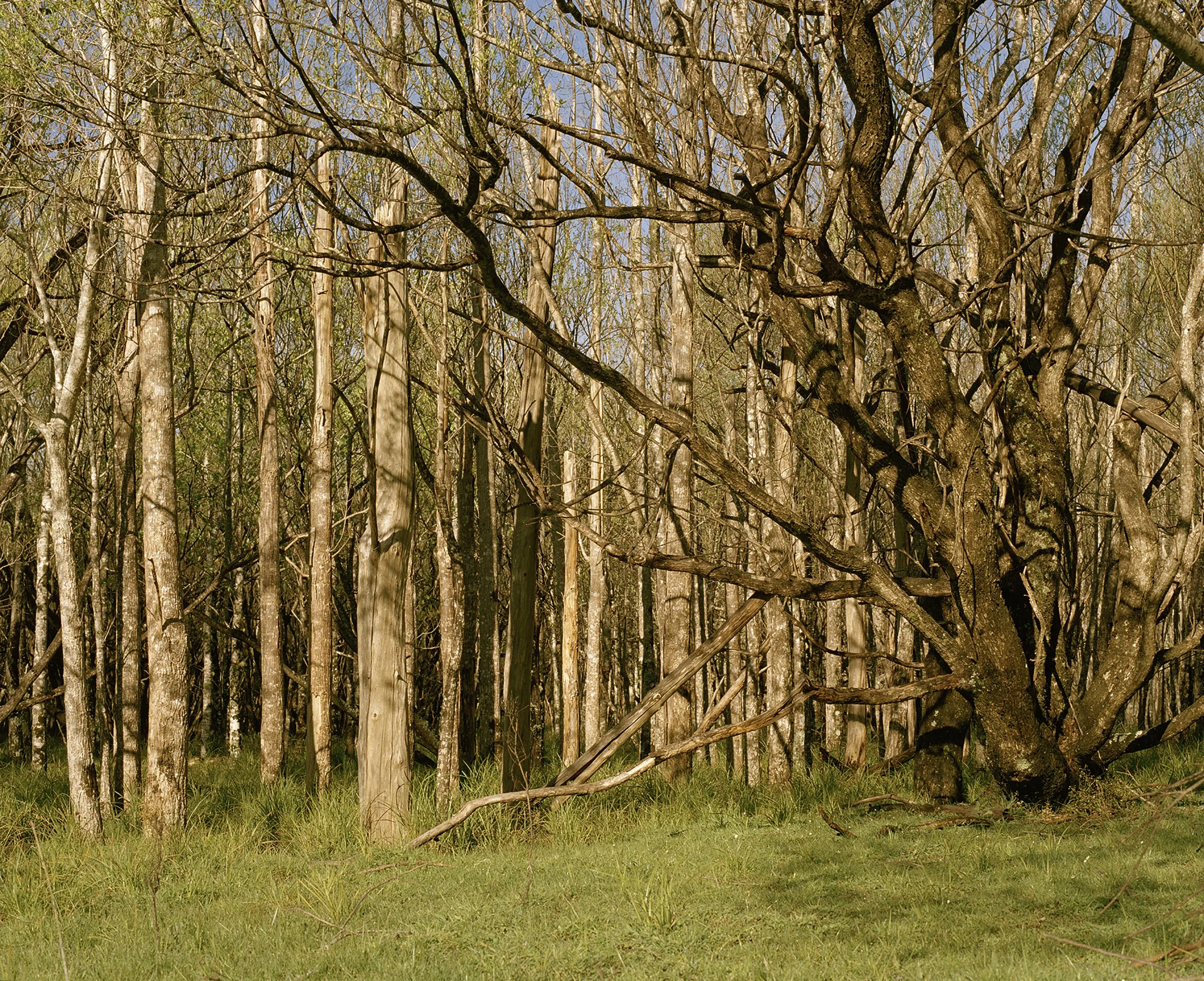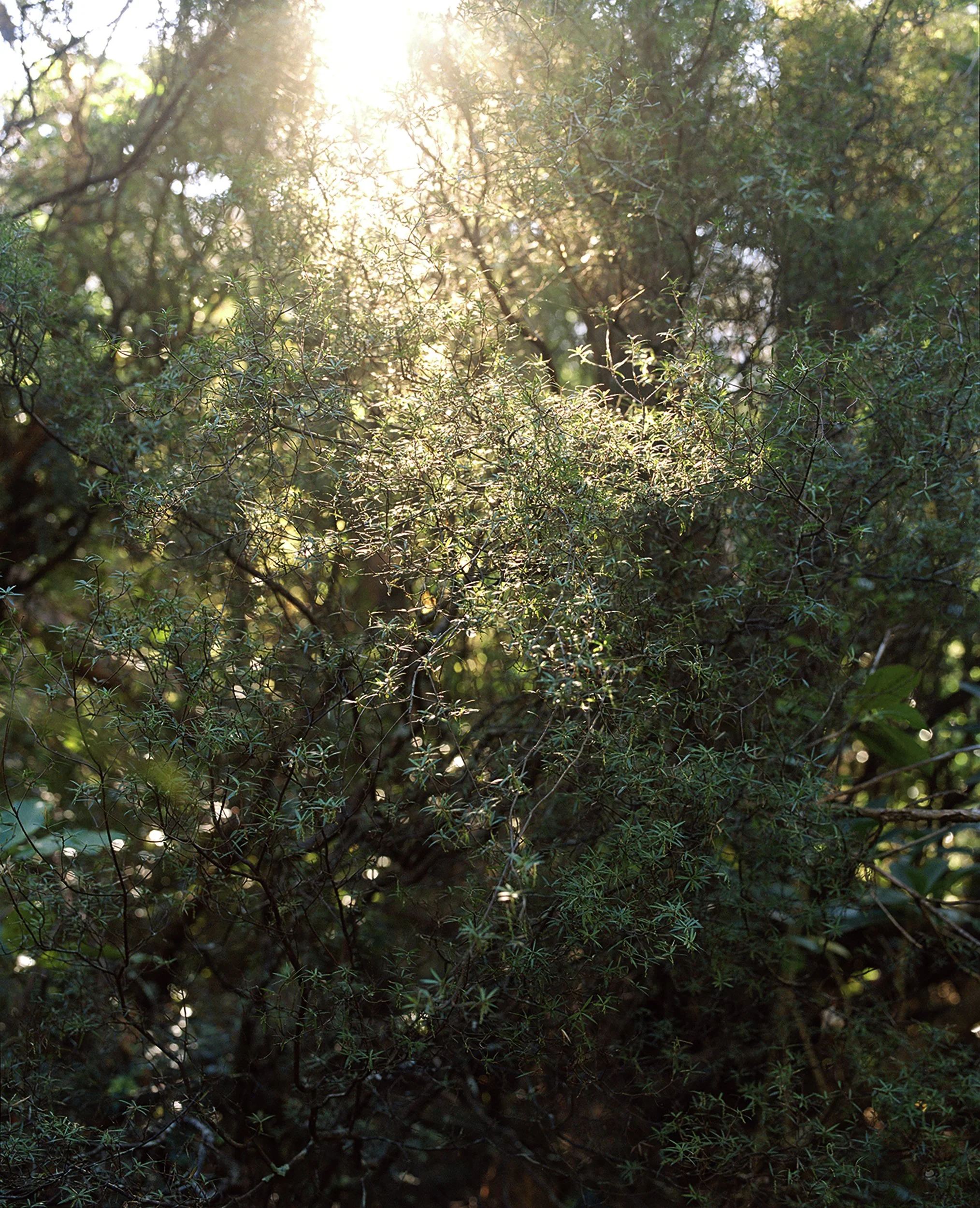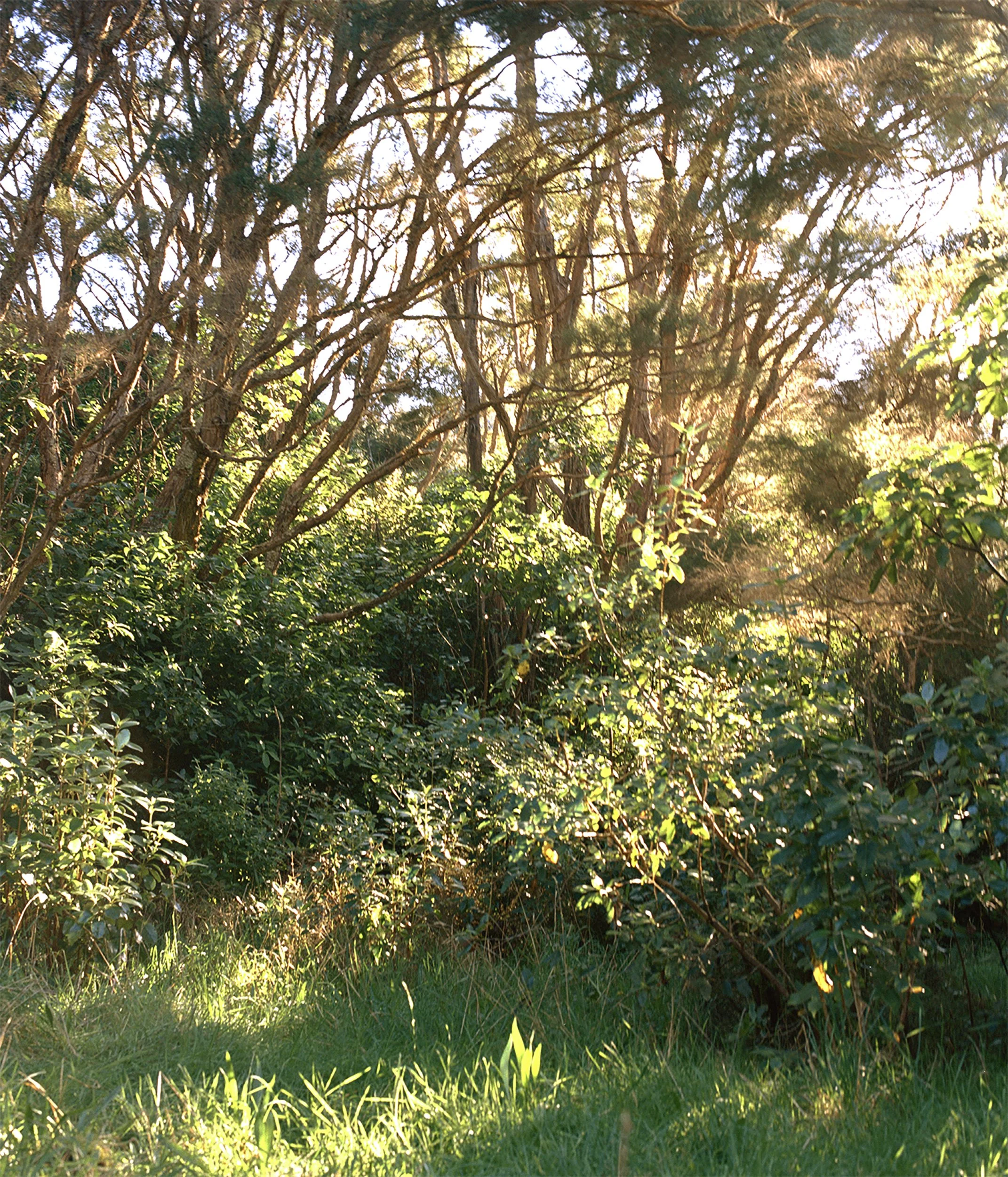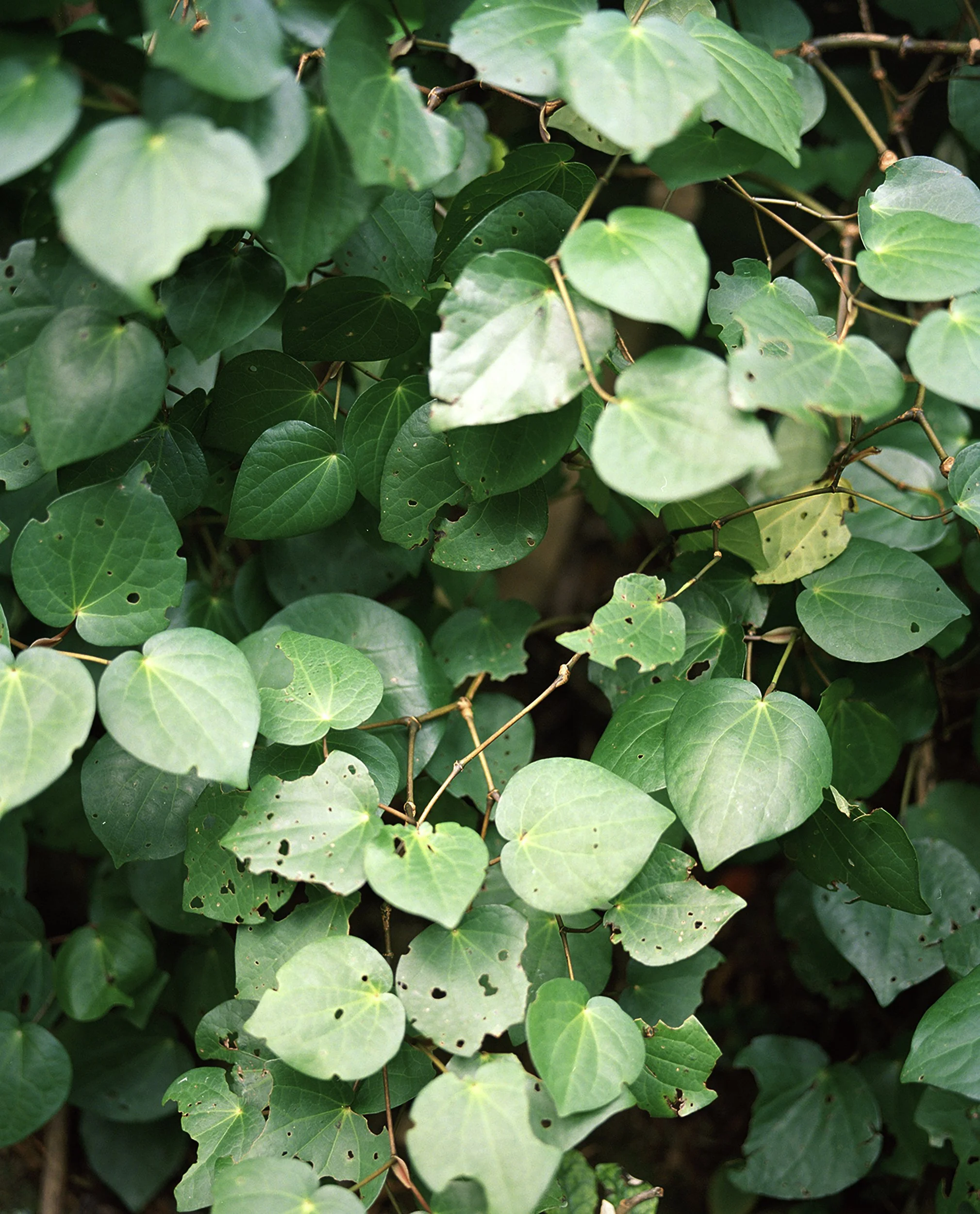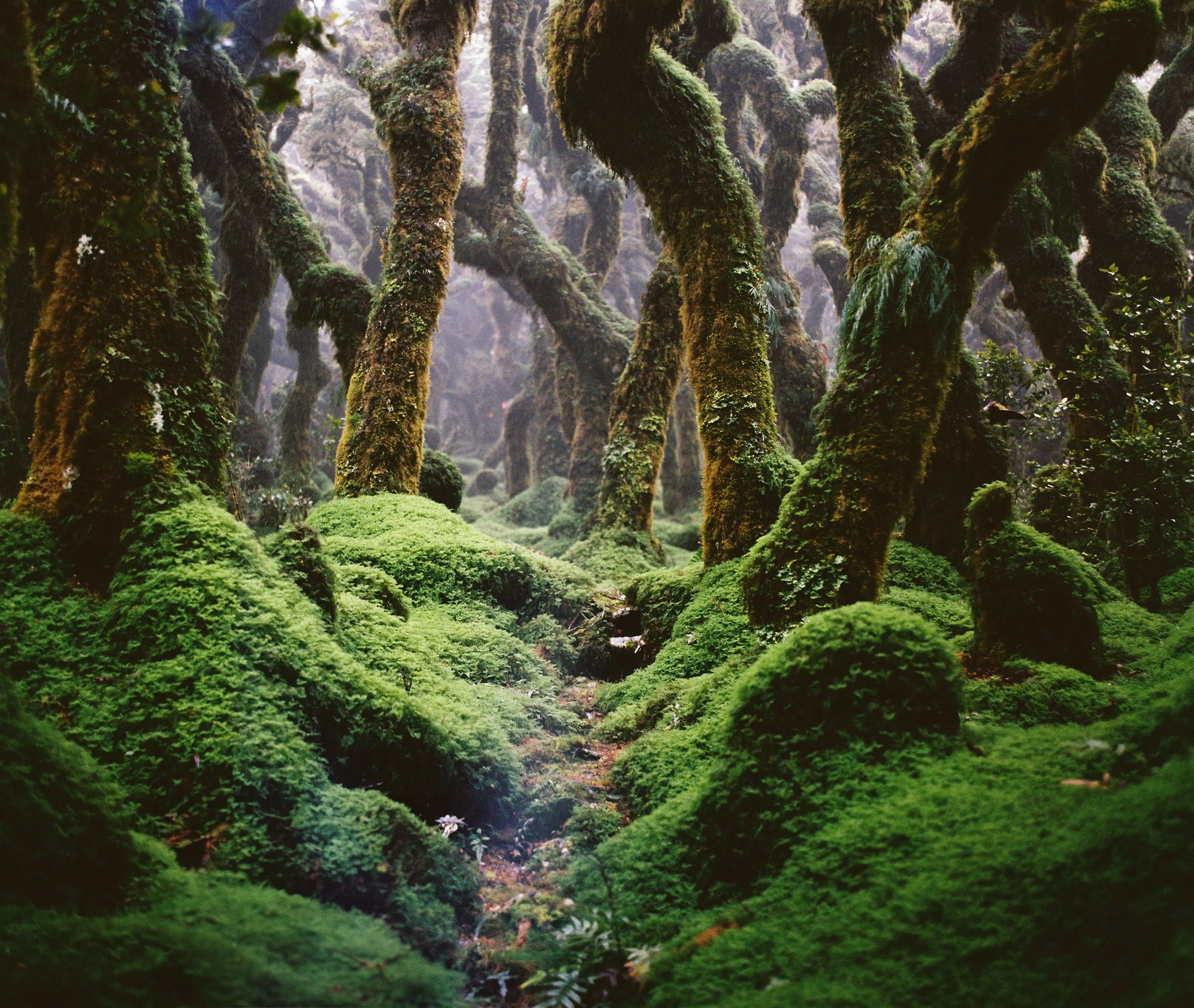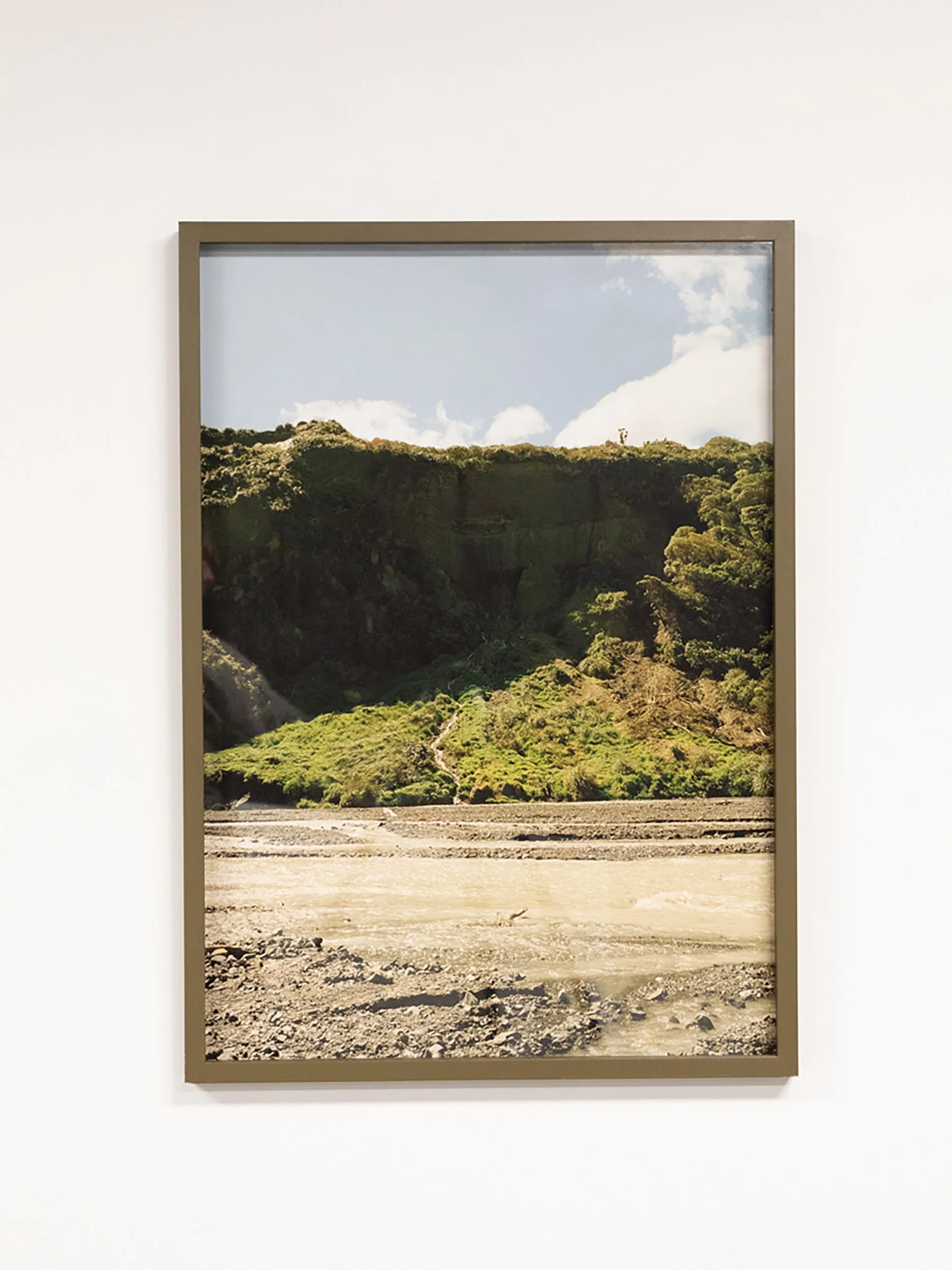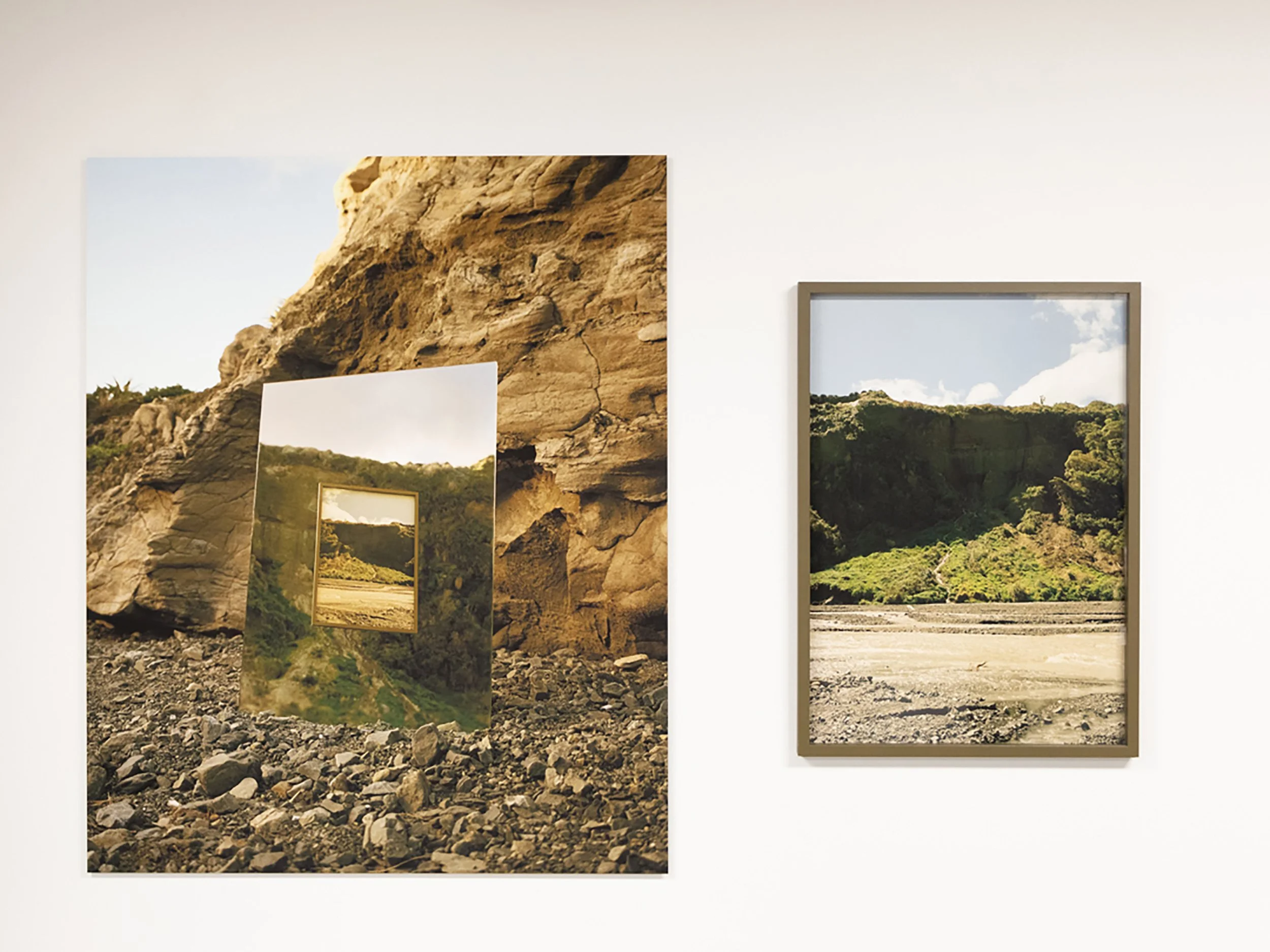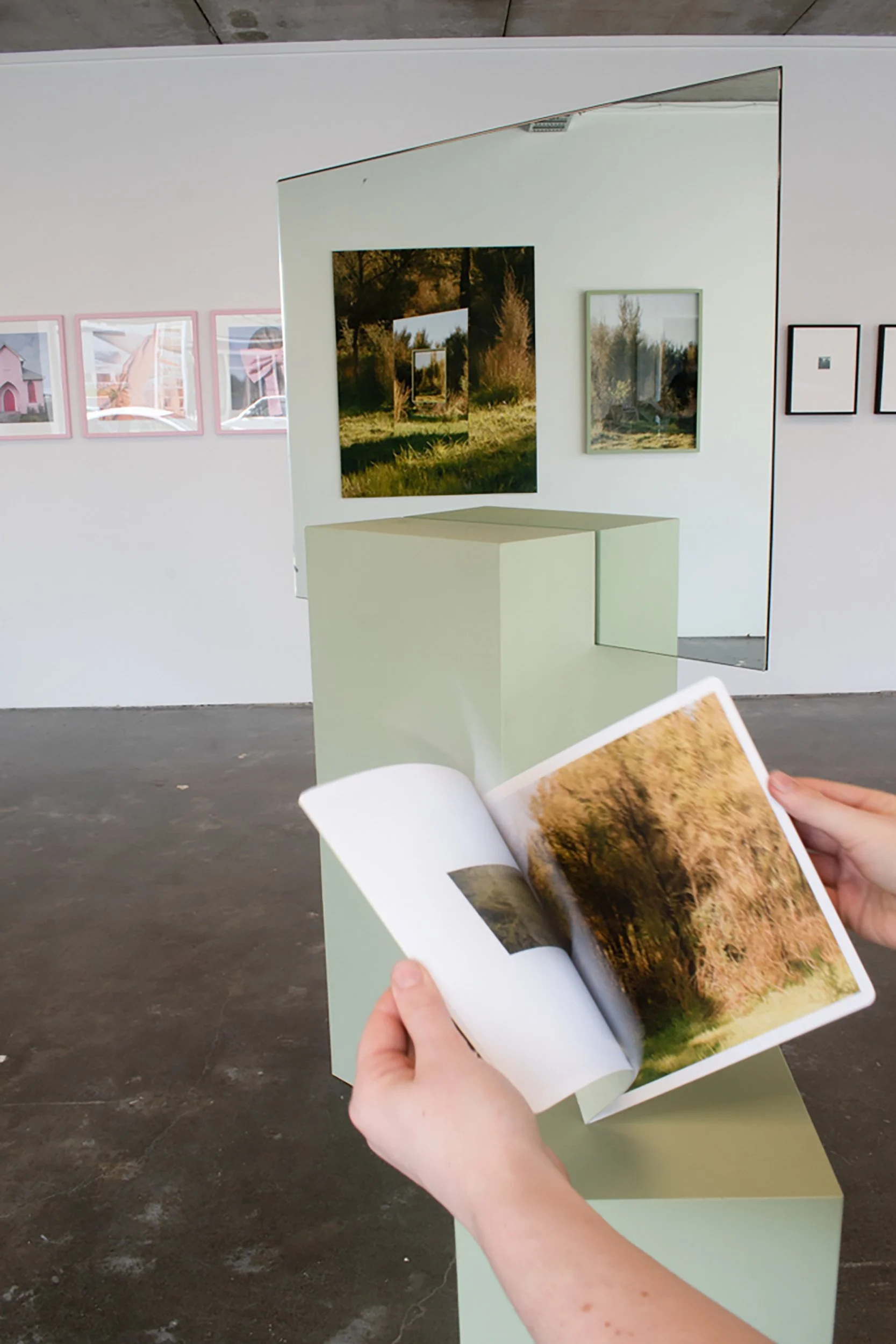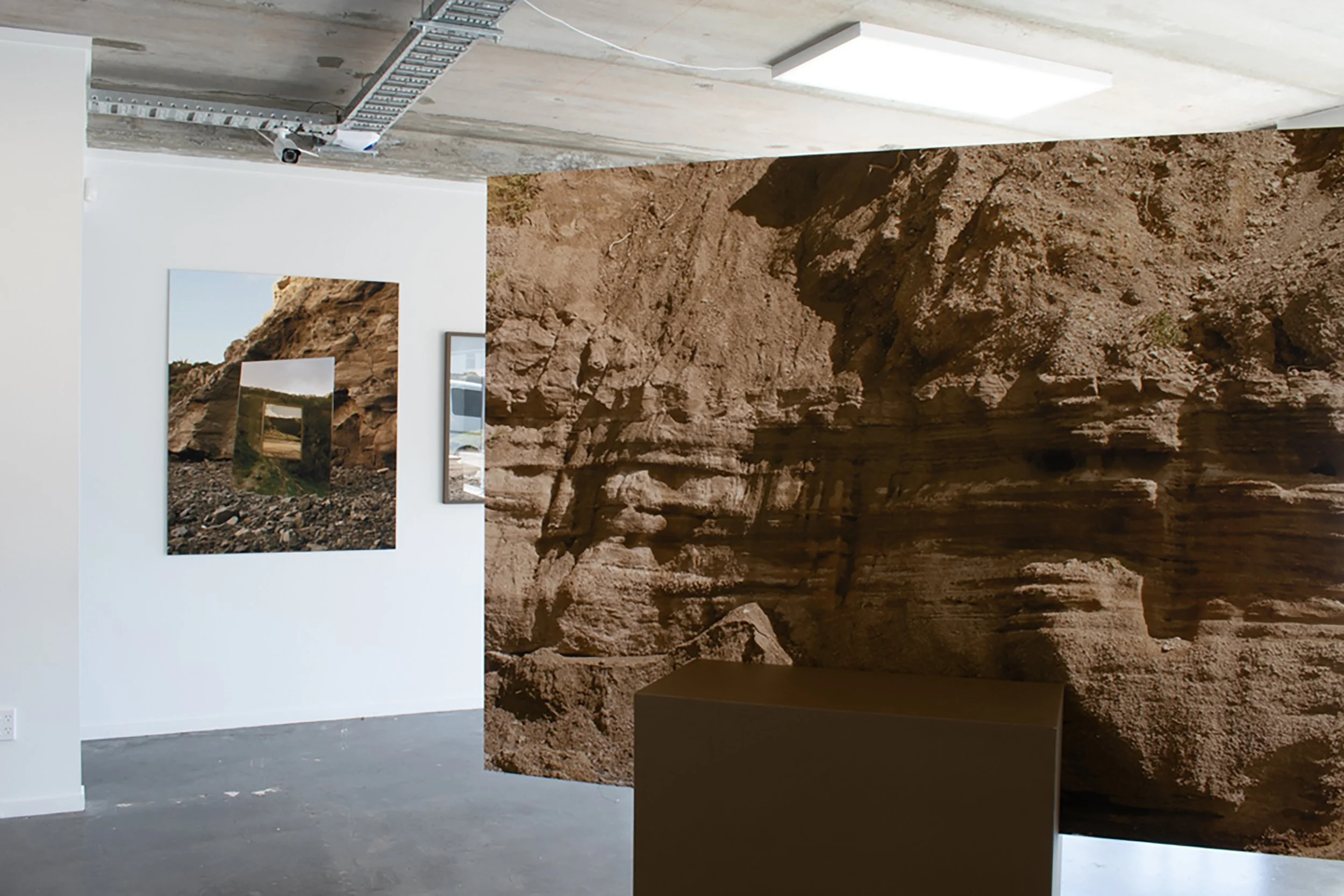Windows to Yesterday and Tomorrow
2022
Exhibited in November of 2022 at Twentysix gallery, Wellington, as a part of the group exhibition ‘Once more, with fluidity’ with Belinda Whitta, Meg Hayman, and Samson Dell, ‘Windows to Yesterday and Tomorrow’ is a photographic installation art project comprised of on-site installation works based in remote areas of the Wairarapa Region created throughout 2022.
Works
Field Studies
Two field studies booklets created to reflect on the process of exploring and working with the land in the Wairarapa region. Each booklet serves to give a wider context to the investigative process behind on site installation works in White Rock and Ocean Beach, and explores the duality between natural life and the land it occupies.
Selected field studies images are available for purchase in the store.
Field Studies: Life
Field Studies: Land
Install
Statement
Windows to Yesterday and Tomorrow examines site specificity and responsiveness in order to activate photography as a bridge between time and place. The project introduces a perspective of natural sites that create a visual relationship between the past, present, and future.
It offers a close engagement with site and temporality in order to look at the way landscape speaks to its own inherent history and future evolution, engaging the photographic medium and installation practices as a means of presenting the intersection of time and space as visually embodied in various natural sites throughout the Wairarapa region.
The aim of the work is to challenge the conventional reading of landscape photographs by disrupting the singularity of their reading, intervening upon the structure of traditional landscape photography and adding layers of depth to the making and viewing process.
The photographic approach towards Windows to Yesterday and Tomorrow is centered around the practice of site specific installation, site exploration, and landscape photography. The method of making final images adopts a site responsive process, including pre conceived planning of on site installation during initial exploratory visits to the site as informed by ideas of final output in the gallery space.
The use of reframing and staged reflection echoes into the exhibition space which recontextualizes the work into the ‘white box’ gallery context. This brings experiential qualities of the image, and on site installation itself outside of the image, creating interactive movement and perspectivalism within the gallery space and engaging site specificity from the photo making site to the photo viewing site.
The gallery experience of the installation adds additional layers to the reframing and fragmenting of time and its intersection with place, reiterating the close engagement with time and place on location within the gallery space. The repetitive nature of framing and reframing through both the framed images and mirrors that exist both in the photos and within the gallery space is the central means of portraying the ideologies around natural temporality being explored in the work.
Included ‘field studies’ booklets provide more insight into the making process of this project through the lens of traditional landscape photography. Repurposing the size and physicality of a notebook, these booklets act as a photographic notebook that depict the various environmental structures, textures, landscapes, and life forms that have formed the exploration of the Wairarapa region and creation of this project.
